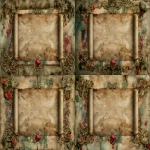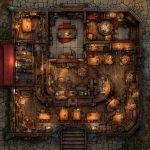Explore the Best AI Image Gallery
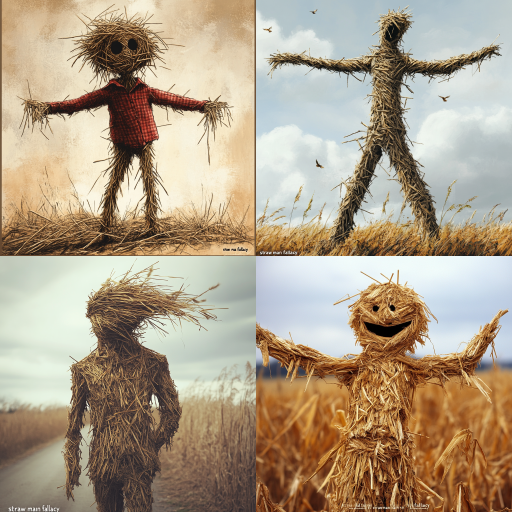
The Digital Canvas: Exploring the Role of AI-Generated Images in Design
The integration of artificial intelligence (AI) into the design world has ushered in a transformative phase that echoes across various creative sectors. With AI-generated images capturing the imagination of designers and consumers alike, this evolution is not just a trend but a paradigm shift in how creativity is conceived and executed. In this blog post, we will delve into the impact of AI on the creative industry, its potential uses, ethical considerations, and future trends that promise to redefine the artistic landscape.
Impact on the Creative Industry
The onset of AI in design has marked a significant shift in the way artists and designers approach their work. By enabling rapid experimentation and iteration, AI tools such as DALL-E, Midjourney, and Adobe's Sensei provide designers with capabilities that enhance rather than replace human creativity. These tools can generate intricate visuals based on textual prompts, allowing for a new form of collaboration between human and machine. The outcome? A seamless blend of human inspiration and machine efficiency.
For instance, agencies are now harnessing AI to quickly develop mood boards and conceptual designs, effectively decreasing turnaround times for projects without compromising quality. This efficiency can lead to cost savings for agencies and clients, creating opportunities for more innovative projects.
Potential Uses of AI-Generated Images
The applications of AI-generated images in design are extensive and diverse. Here are some potential uses that are shaping the creative future:
- Branding and Marketing: Companies are leveraging AI to create unique branding assets, including logos, advertisements, and promotional materials. AI can analyze market trends and consumer preferences, generating images that resonate with target audiences.
- Game Design: AI-generated art assets streamline the process of designing characters, environments, and assets in gaming. This rapid production allows game designers to focus more on gameplay mechanics and storytelling.
- Fashion Design: AI tools can generate clothing designs based on trends and consumer data, allowing fashion designers to innovate quickly and responsively.
- Illustration and Animation: Illustrators can utilize AI to visualize sketches or animate characters effortlessly, augmenting their creative toolkit and enhancing storytelling.
Ethical Considerations
The rise of AI-generated images does not come without its challenges. Ethical concerns surrounding copyright and ownership are paramount. If an AI-generated image is derived from countless existing artworks, who owns the final product? The original creators, the users, or the developers of the AI tool? This question poses a formidable challenge to artists and might shape current copyright laws.
Moreover, the potential for AI to supplant human artists raises questions about job security in the creative industry. As technology evolves, will the role of traditional artists diminish? Striking the right balance between machine assistance and human artistry will be crucial in addressing these issues.
Future Trends in AI and Design
As we gaze into the future, several trends are likely to shape the evolution of AI-generated images in design:
- Enhanced Personalization: AI systems will continue to evolve, becoming more adept at understanding individual styles and preferences. Expect more personalized design experiences that cater specifically to user needs.
- Collaboration Tools: Future software may better facilitate collaboration between human designers and AI, allowing for a more intuitive creative process where machines and humans work as partners.
- AI-Enhanced Workflows: Integration of AI into standard design software will enable real-time adjustments based on feedback and performance metrics, fostering a more fluid creative process.
- Sustainability: With growing environmental concerns, AI can contribute to sustainable design practices by optimizing resource use and creating designs that minimize environmental impact.
The intersection of AI and design is an exciting frontier, rich with possibilities and challenges. While AI-generated images provide remarkable opportunities for innovation and efficiency, they also compel us to navigate ethical concerns and the future of artistic integrity. As technology continues to evolve, staying informed and adaptable will be key for designers aiming to harness the full potential of AI in their creativity endeavors.
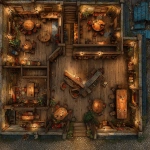
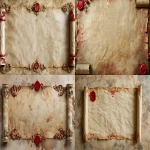
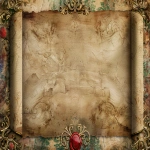
](https://images.ai-img.art/thumbnails/150/7599c9e7507c77a975081d554947c9dea123e678a7ece42d30f571f639620598.webp)

](https://images.ai-img.art/thumbnails/150/efd8a9ad06ef2c72e3378698ad5e592d3d2bf8eff85c25e75db7c9902c7be353.webp)


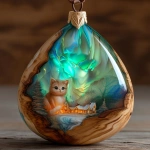
](https://images.ai-img.art/thumbnails/150/031692dcf8fbf869092e8cea50f9411a45dadc1f189ea67b8dece8e02952a7e3.webp)

